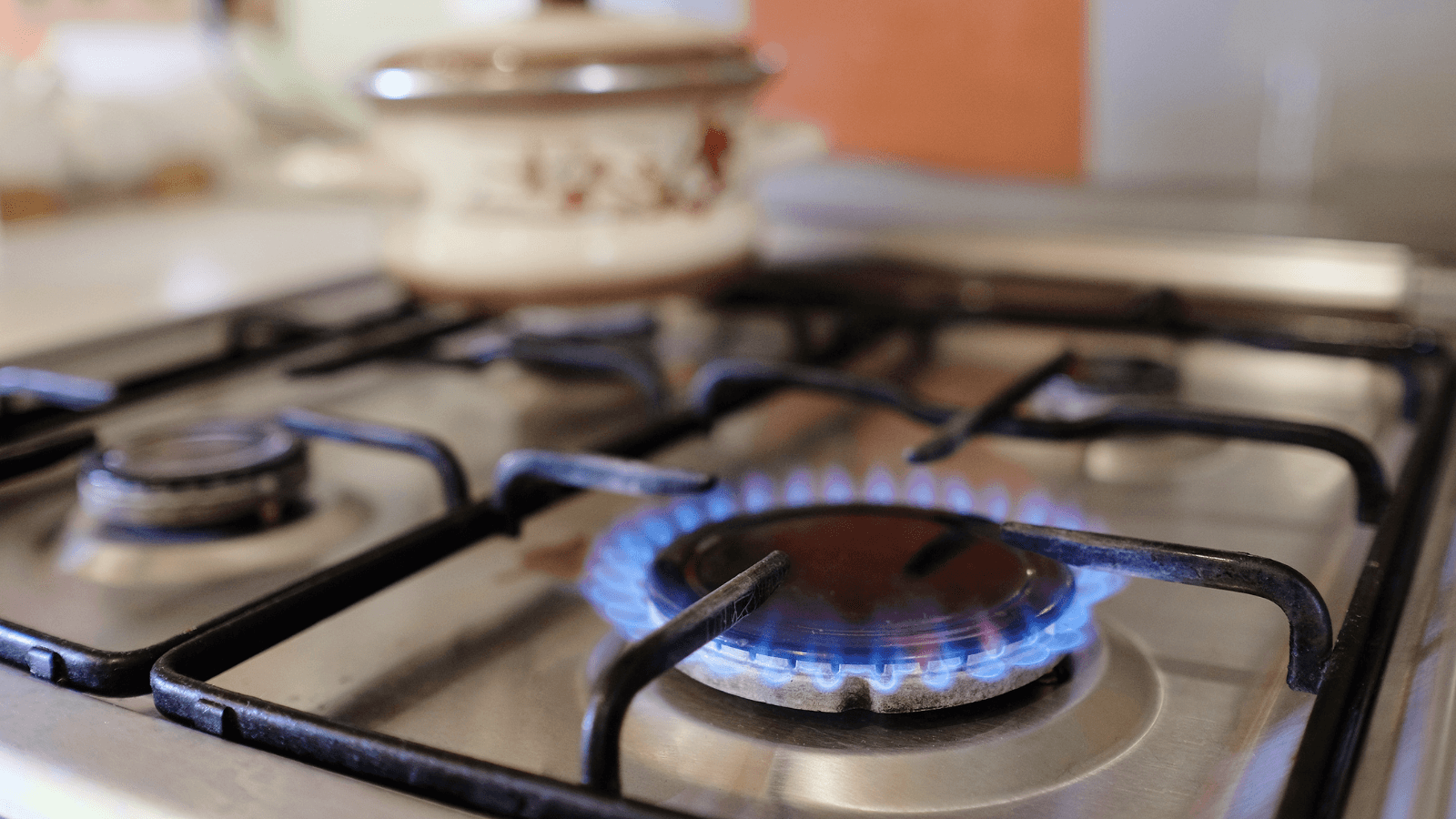
The battle over gas stoves is heating up in Washington. House Republicans are holding a subcommittee hearing and vote on the subject this week and are preparing two bills to make it harder to set efficiency standards on the appliances.
There’s no doubt that the conversation around gas stoves is polarizing. As you think about the best way to steward God’s resources in your life and home as you care for creation, you may wonder if there’s any way to cut through the noise and get down to the facts about how gas stoves could be affecting your family’s health and what alternatives are available.
If you have been asking these kinds of questions, look no further! Here’s a rundown of why the gas stove debate has become so heated and some reasons why swapping out your gas stove for electric alternatives could be good for your wallet, God’s creation, and your family’s health.
Much of the current controversy around gas stoves followed the release of a study earlier this year linking the appliances to 1 in 8 childhood asthma cases. This information sparked a national conversation around the risks posed by indoor gas stoves and how we can and should respond.
It’s true that gas stoves have been one of the most popular methods of cooking for generations. However, they also come with some serious health risks when used indoors, and young children are particularly susceptible.
Here are some of the risks and drawbacks associated with gas stoves:
Carbon Monoxide Poisoning
Much like an outdoor grill, gas stoves produce carbon monoxide–a toxic gas that can cause serious health problems. While kitchen stoves are more efficient than outdoor grills, carbon monoxide can still build up to dangerous levels when used, leading to headaches, dizziness, nausea, and even death. In fact, carbon monoxide is still one of the leading causes of accidental poisoning in the United States, with gas stoves being a major contributor.
Indoor Air Pollution
Gas stoves also produce nitrogen dioxide and other harmful gasses (even when they are turned off!), which can lead to indoor air pollution. Exposure to these pollutants can cause respiratory problems, especially in young children and people with asthma or other pre-existing respiratory conditions. Over time, exposure to indoor air pollution can also increase the risk of heart disease and other chronic health conditions.
Fire Hazard
Gas stoves are also a fire hazard, especially if they are not installed properly or maintained regularly. Gas leaks can cause explosions or fires, which can be catastrophic. Even a small gas leak can cause a fire or explosion if the gas ignites near an open flame or spark.
Energy Waste
Finally, gas stoves are wasteful. They require a constant supply of gas, which can be expensive and contribute to greenhouse gas emissions. One Stanford study found that gas stoves leak methane gas even when they are off, with leaking gas contributing to 76% of the total gas used by the appliance over the course of the study. In contrast, electric stoves are much more energy efficient, produce less pollution, and use less energy overall.
Just as it wouldn’t make sense to bring a gas grill or camp stove inside, gas stoves are no longer the best choice for indoor cooking. Fortunately, safer, more efficient options are available and are within reach!
While the upfront costs of new appliances may seem like a barrier to many families, recently passed legislation includes energy efficiency benefits that can help. To learn more about the money-saving benefits available through the Inflation Reduction Act to help make the switch, check out our previous blog post.

